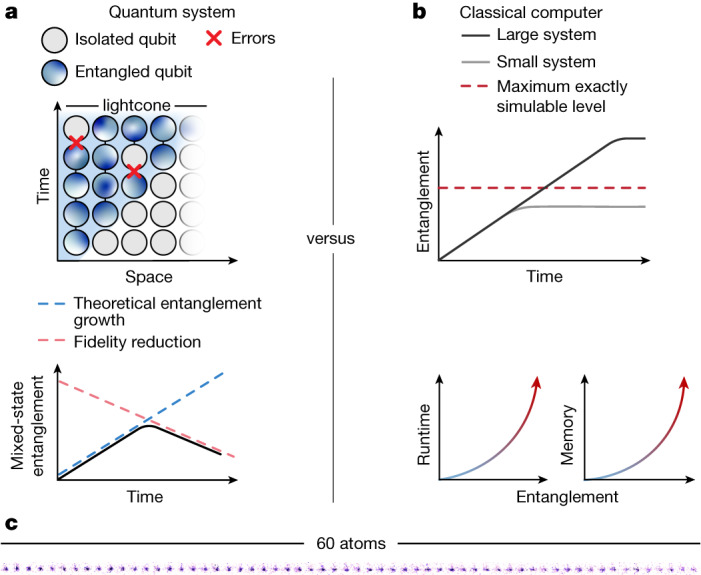Fig. 1. Entanglement in quantum and classical systems.

a, In quantum systems, entanglement spreads between neighbouring particles before saturating at an extensive level. However, entanglement growth is hampered by experimental errors that reduce the fidelity, limiting entanglement build-up. b, On the other hand, classical computers use approximate simulation algorithms that can often only capture a limited degree of entanglement to avoid an exponential increase in cost, meaning they cannot exactly simulate dynamics at large system sizes and long evolution times. c, Here we compare quantum devices and classical algorithms in their ability to prepare highly entangled states using a Rydberg quantum simulator with up to 60 atoms in a one-dimensional array (shown as a fluorescence image).
